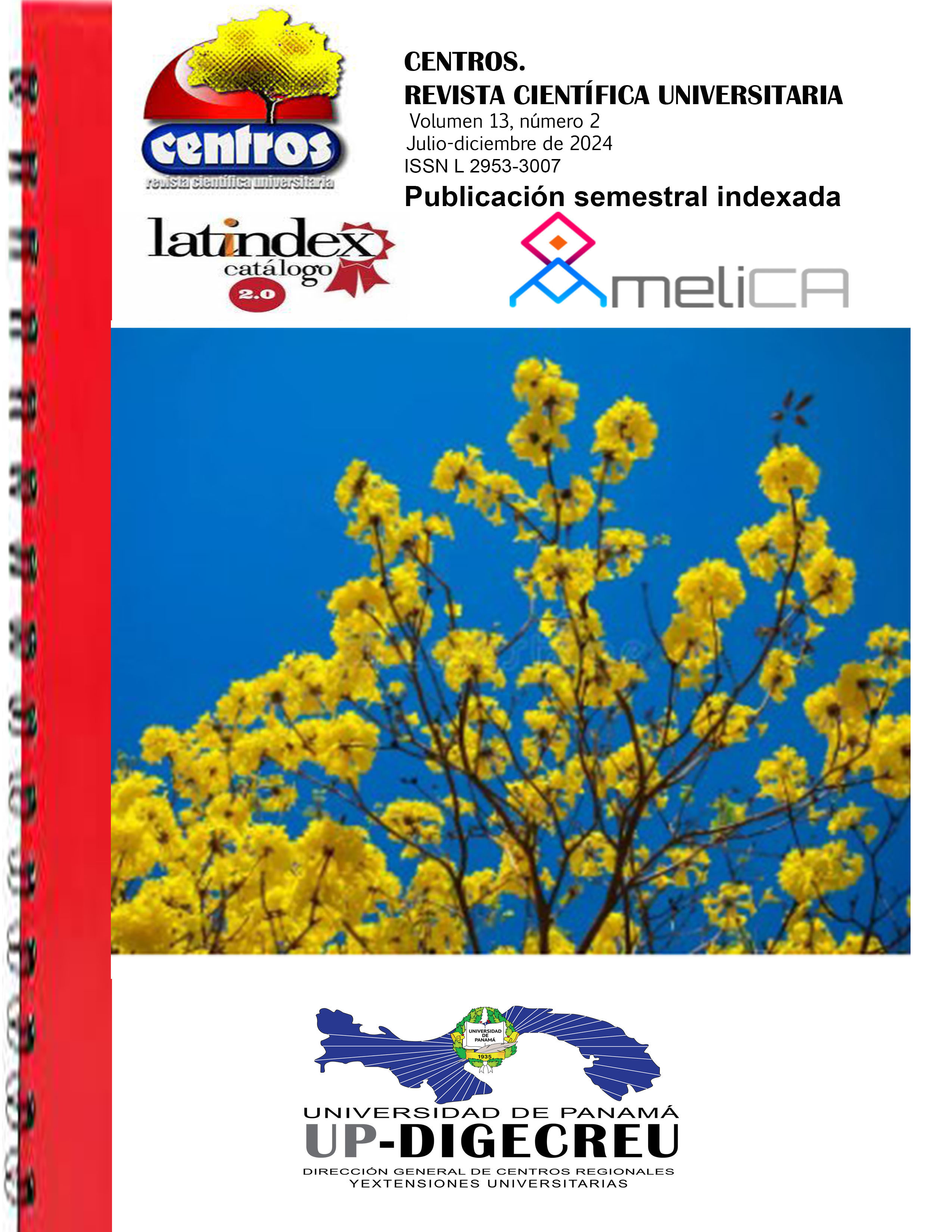

Copyright (c) 2024 Centros: Revista Científica Universitaria

This work is licensed under a Creative Commons Attribution-NonCommercial-ShareAlike 4.0 International License.
This study determined the diversity, characterization of spatial coverage and fishery of the decapods that inhabit six points of the Teribe River, with tropical forest coverage, agricultural use, subsistence, and stubble. For this, 48 samplings were carried out between the months of November 2023 to February 2024. A total of 86 individuals were recorded, the greatest diversity occurred in point two with 55.1%, followed by point 5 with 41.1% coinciding with the coverage of subsistence agricultural use. The most abundant decapods in the study were M. olfersii and M. carcinus. The Chao 1 estimator and Hill numbers indicated that there is significant and observable diversity and dominance in the orders (q=0, q=1 and q=2) with a rarefaction curve that indicates that there should be more species in the sampled sites. The canonical correspondence analysis indicated that J. serrei, M. heterochirus, M. olfersii and P. magnus were more tolerant to higher temperature and phosphate levels, while M. carcinus, M. crenulatum and C. sapidus showed more dependence due to better concentrations of dissolved oxygen and more balanced pH of the water. M. carcinus is a seemingly excellent species for river shrimp culture projects. Fishery surveys showed that the best months for catching shrimp are from December to March and that the size of the shrimp is not discriminated, probably due to not having the induction of sustainable fishing, which could lead to the loss of the species.